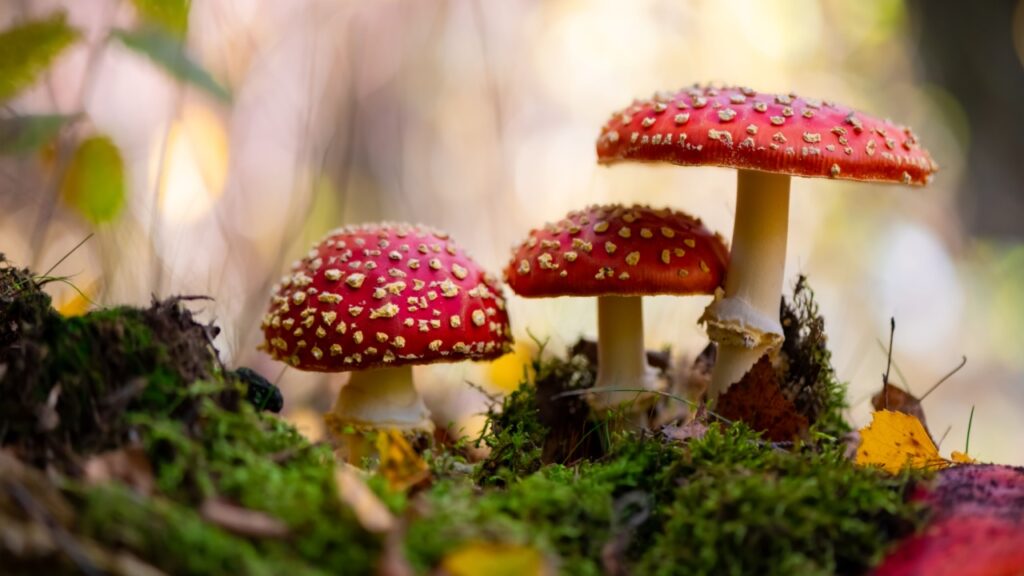Nature never ceases to amaze us with its ingenious solutions. While humans slather on store-bought sunscreen, some animals have evolved their own built-in protection against harmful UV rays. Let’s dive into the fascinating world of creatures that manufacture their own sunscreen.
Hippopotamuses
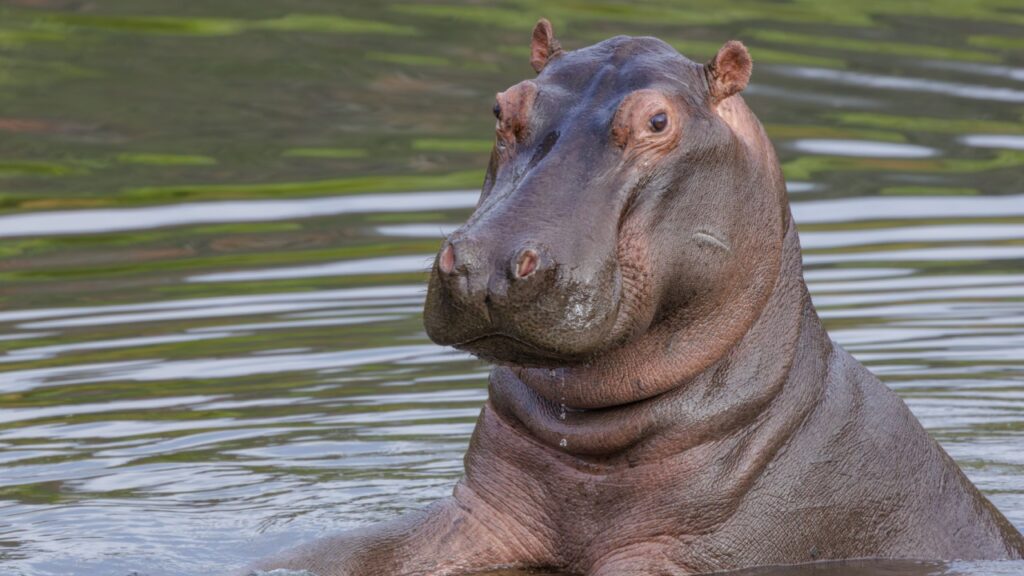
Hippos secrete a reddish fluid that acts as a natural sunscreen. This oily substance also has antibacterial properties, helping to keep their skin healthy while they spend hours basking in the sun. The fluid starts clear but turns red-orange within minutes of exposure to air, creating a protective layer over the hippo’s skin.
Mantis Shrimp
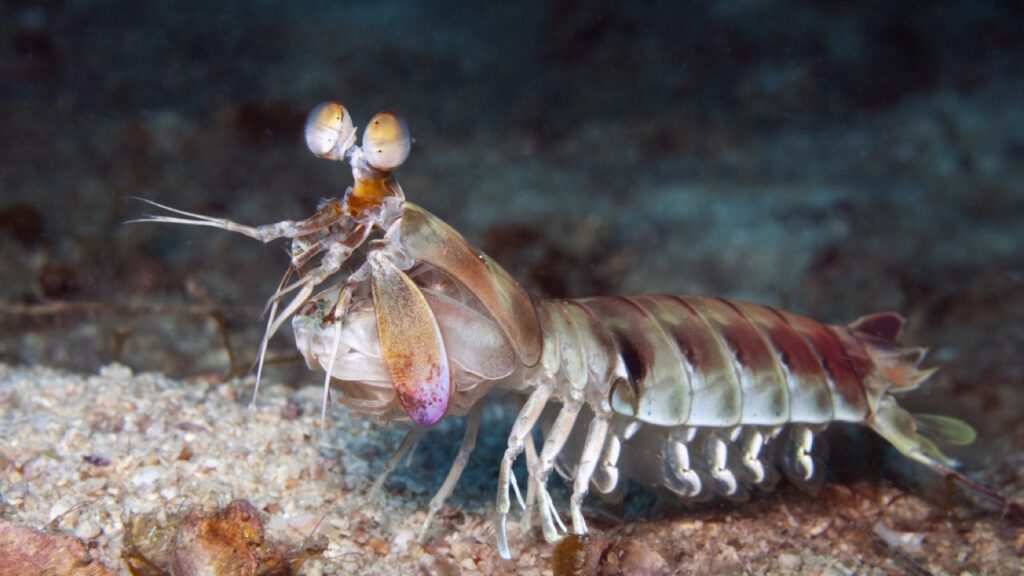
These colorful marine crustaceans have developed a unique way to protect their eyes from intense light. Mantis shrimp produce a compound that filters out harmful UV rays, allowing them to see clearly in shallow, sunlit waters. This natural sunscreen helps them spot prey and avoid predators in their bright coral reef habitats.
Cyanobacteria
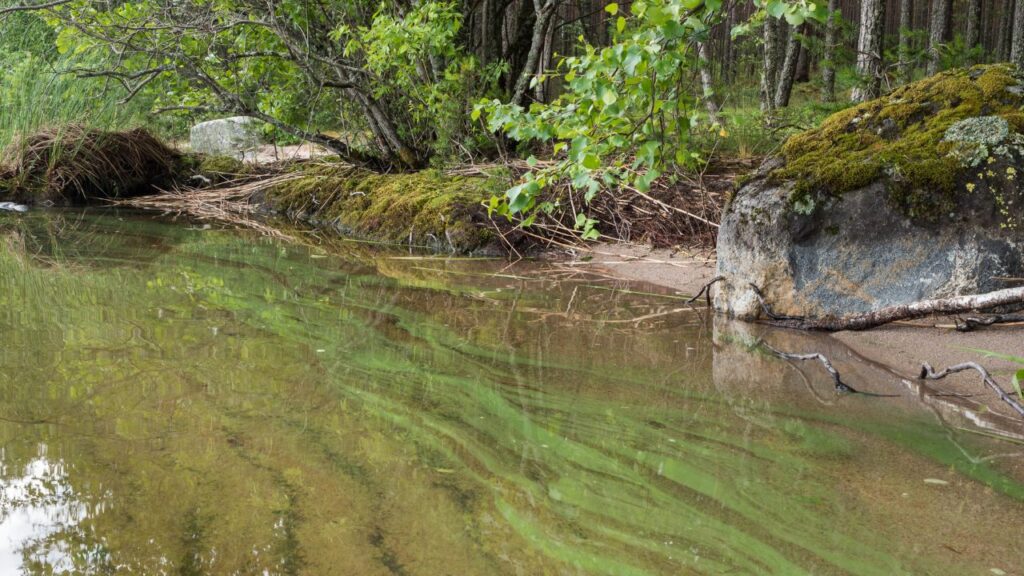
Some species of cyanobacteria, also known as blue-green algae, produce their own sunscreen molecules. These microscopic organisms live in various aquatic environments and have adapted to survive in high-UV conditions. Their natural sunscreen helps protect them from DNA damage caused by intense sunlight.
Zebrafish
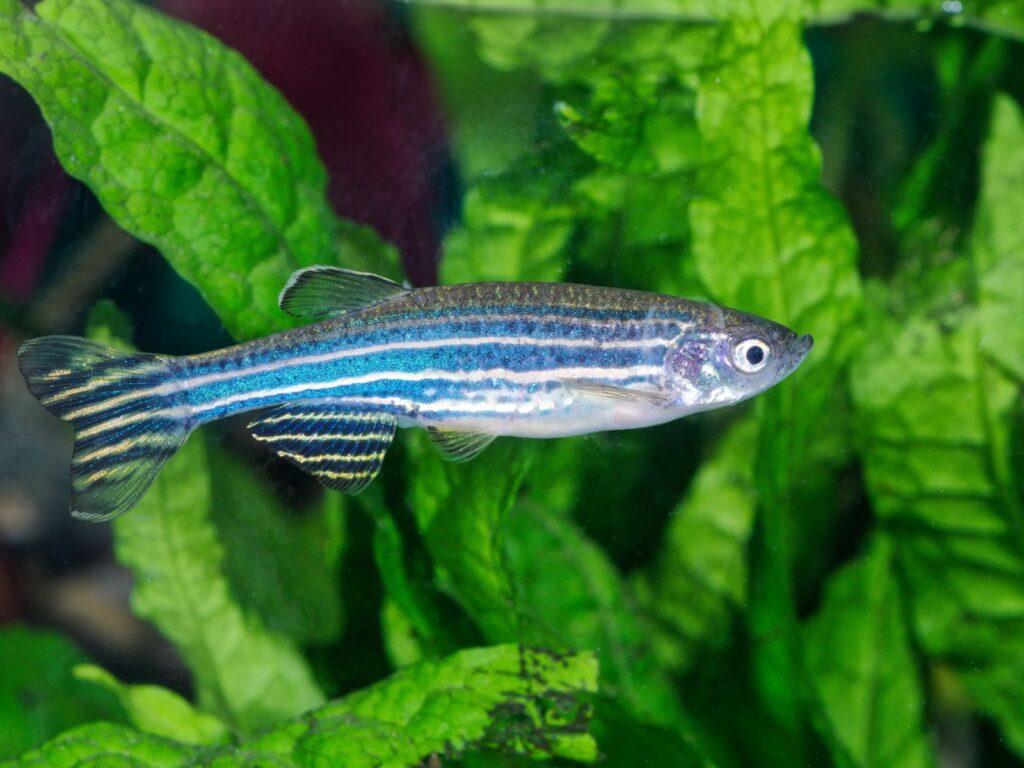
These small freshwater fish have the ability to produce a compound called gadusol, which acts as a natural sunscreen. Interestingly, humans and many other animals lost the ability to make this compound millions of years ago. Studying zebrafish could potentially lead to new developments in sun protection for humans.
Corals
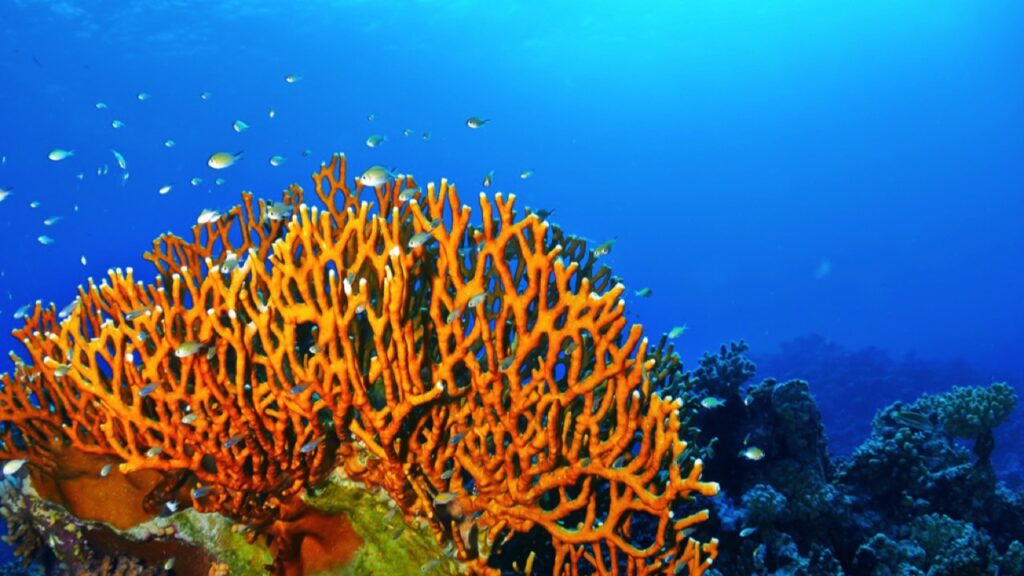
Coral reefs are home to a diverse array of marine life, and the corals themselves have a clever way of protecting themselves from UV radiation. Some coral species produce their own sunscreen compounds, which not only shield them from sun damage but also benefit the fish and other creatures that live among them.
Antarctic Krill
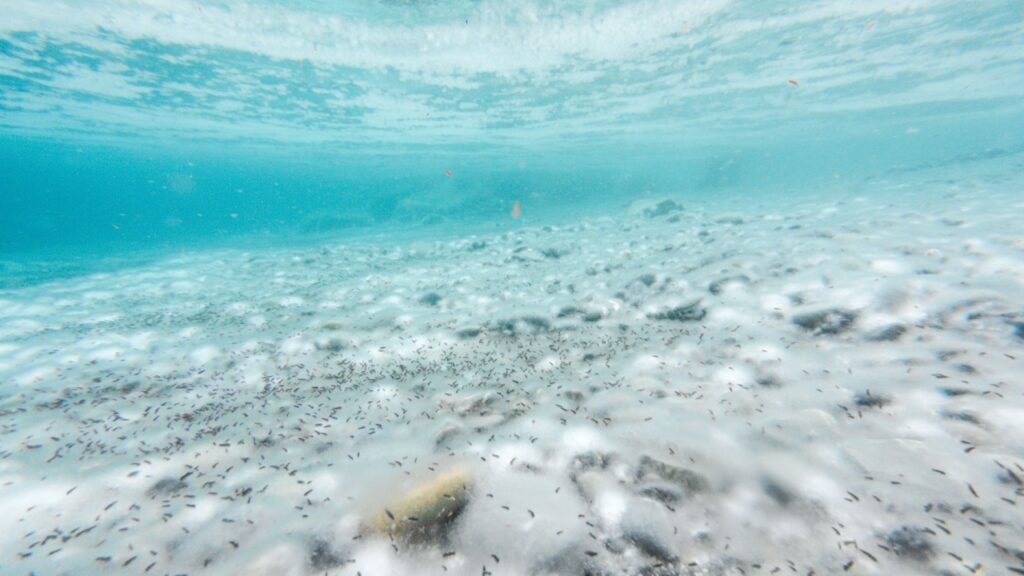
These tiny crustaceans are a crucial part of the Antarctic food chain. To survive in the harsh polar environment with its intense UV radiation, krill produce a natural sunscreen compound. This adaptation helps protect their DNA and ensures their survival in the icy waters of the Southern Ocean.
Algal Flatworms
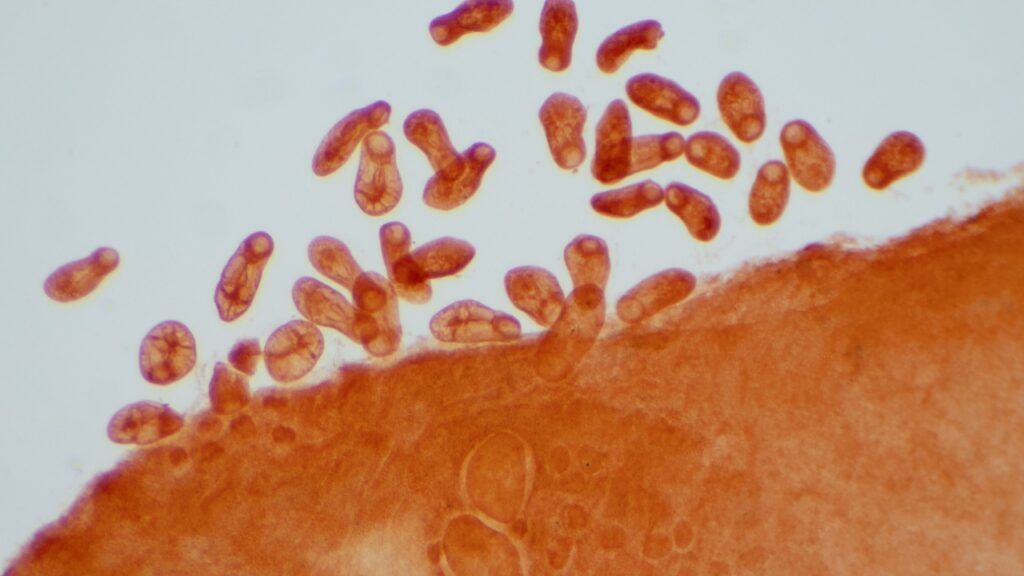
These small, leaf-like creatures live in symbiosis with algae. The algae within the flatworms produce compounds that act as a sunscreen, protecting both themselves and their flatworm hosts from UV damage. This mutually beneficial relationship allows these creatures to thrive in sunny, shallow waters.
Nematodes
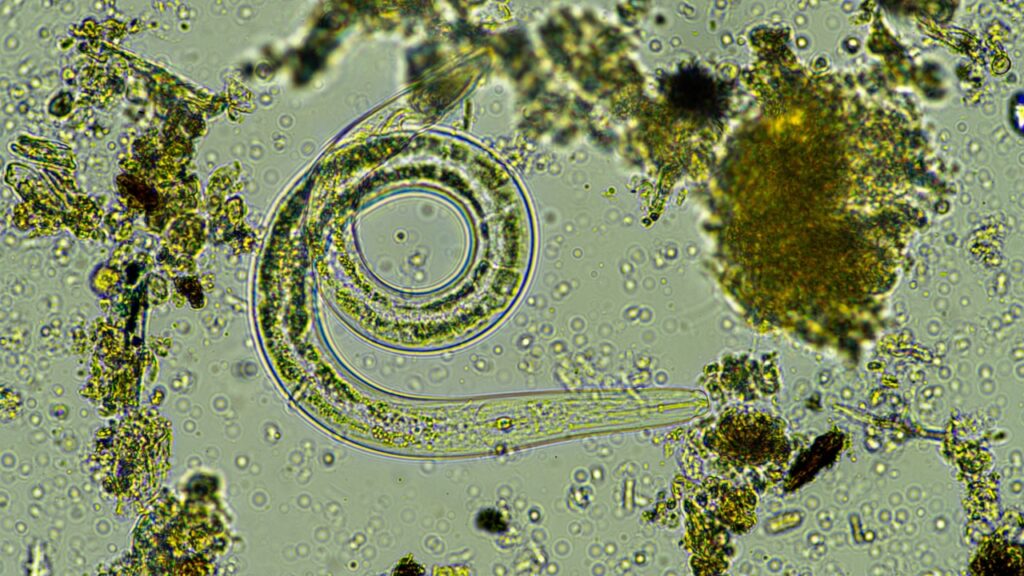
Certain species of nematodes, or roundworms, have developed the ability to produce their own sunscreen. This adaptation helps them survive in soil exposed to high levels of UV radiation. Their natural sunscreen protects their DNA and allows them to continue their important role in soil ecosystems.
Sea Urchins
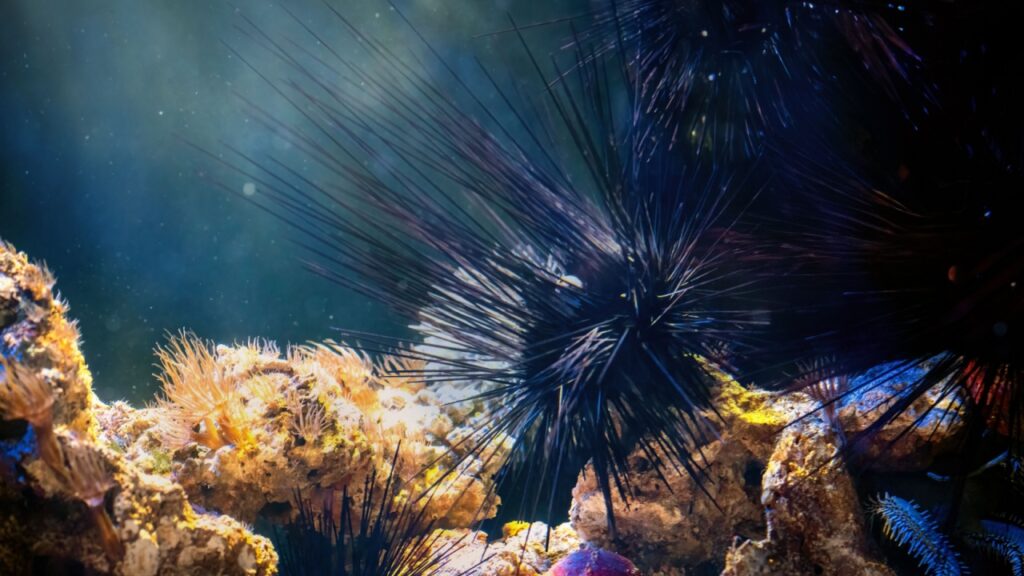
These spiny marine creatures have a unique way of protecting their eggs from UV damage. Sea urchins incorporate a compound called ovothiol into their eggs, which acts as a powerful antioxidant and sunscreen. This ensures that their offspring have the best chance of survival in the sun-drenched shallows where they develop.
Microalgae
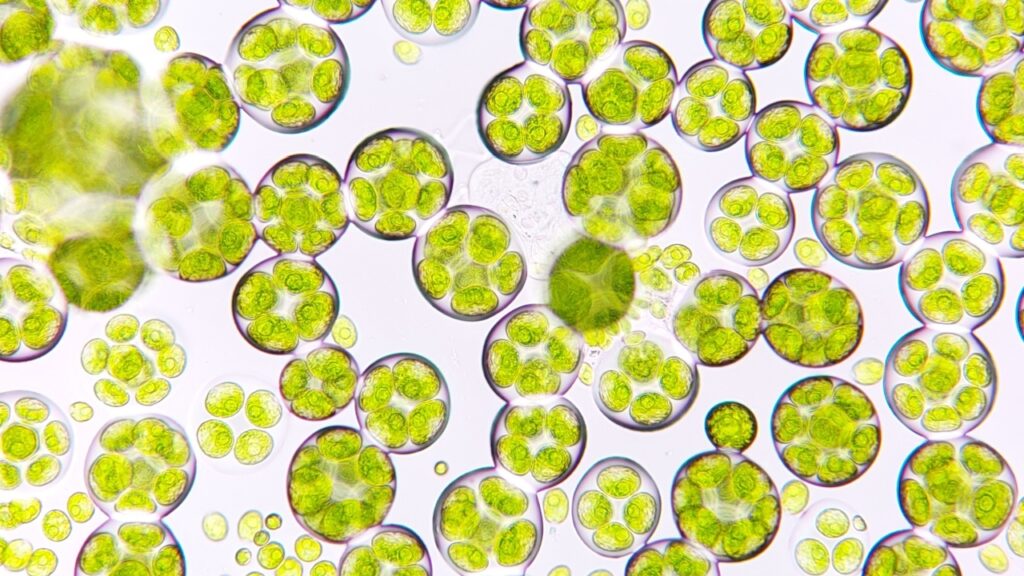
Various species of microalgae produce natural sunscreen compounds to protect themselves from UV radiation. These tiny organisms are essential to marine ecosystems and form the base of many aquatic food chains. Their ability to create sunscreen helps them thrive in sun-exposed waters around the world.
Fungi
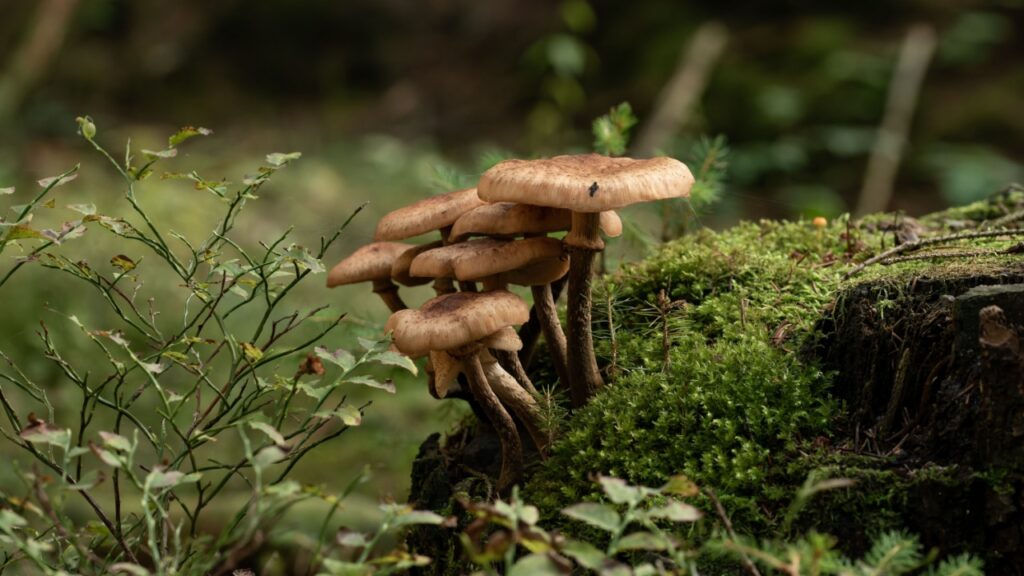
Some species of fungi have evolved to produce melanin, the same pigment that gives human skin its color. In fungi, melanin acts as a natural sunscreen, protecting them from UV radiation. This adaptation allows certain fungi to colonize sun-exposed surfaces and survive in harsh environments.
Coccolithophores
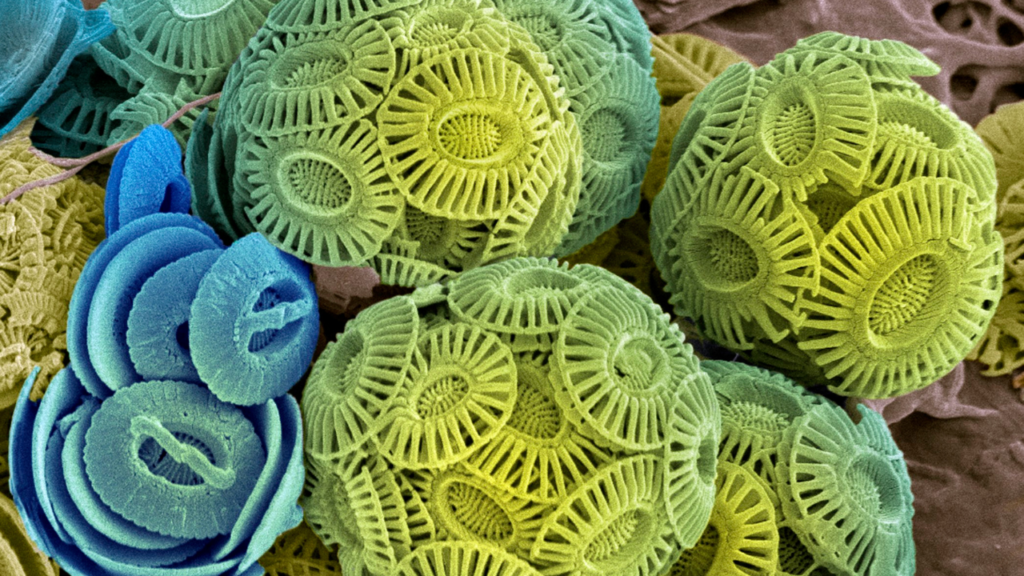
These microscopic marine algae are covered in tiny calcium carbonate plates that reflect light. This natural armor not only provides physical protection but also acts as a sunscreen, shielding the algae from harmful UV rays. Coccolithophores play a crucial role in the Earth’s carbon cycle and climate regulation.
Becky is a fervent wildlife enthusiast and pet care expert with a diploma in canine nutrition. Her love for animals stretches beyond the domestic, embracing the wild tapestry of global fauna. With over a decade of experience in animal welfare, Becky lends her expertise to OutlandishOwl through insightful articles, captivating wildlife information, and invaluable guidance on pet nutrition. Her work embodies a deep commitment to understanding the intricate lives of animals and a passion for educating others on sustaining natural habitats. Becky's hands-on conservation efforts and her knack for translating complex dietary science into practical pet feeding tips make her an indispensable voice for creatures great and small.

